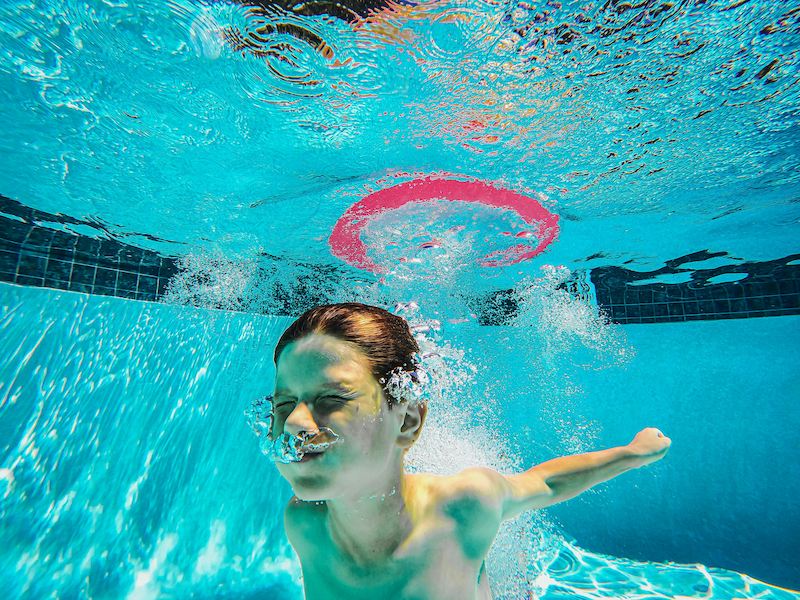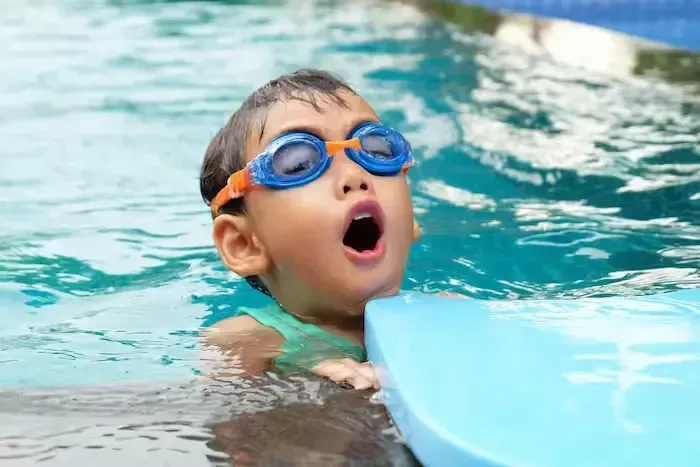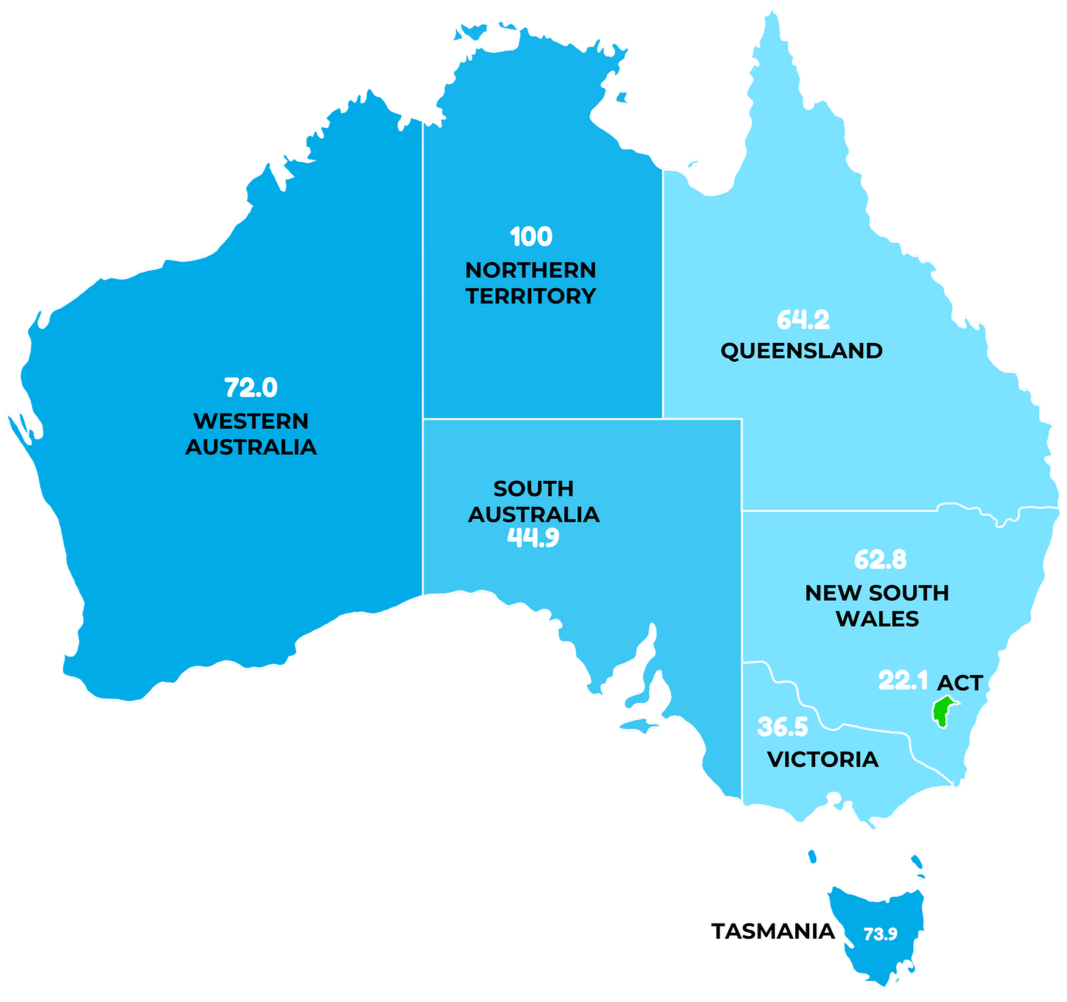7 Dryland Exercises for Strong Swimming
TABLE OF CONTENTS
Dryland Exercises for swimming is an essential part of every swimmer's routine.
Especially for those who wake up at 5am dreaming of faster times and powerful strokes.
Are you a swimmer aiming to build strength, improve stroke power, and maintain core stability?
You need dryland exercises for strong swimming. It's what separates determined athletes from the plateaus.
Swimmers of all ages can enhance their performance in the pool while reducing the risk of injury. In this blog, we explore why dryland matters.
Especially for competitive swimmers who refuse to settle for "good enough." We'll also explore which exercises are most effective for building real strength.
And how to structure a plan that actually works for busy families.
What Is Dryland Training and Why Is It Important for Swimmers?
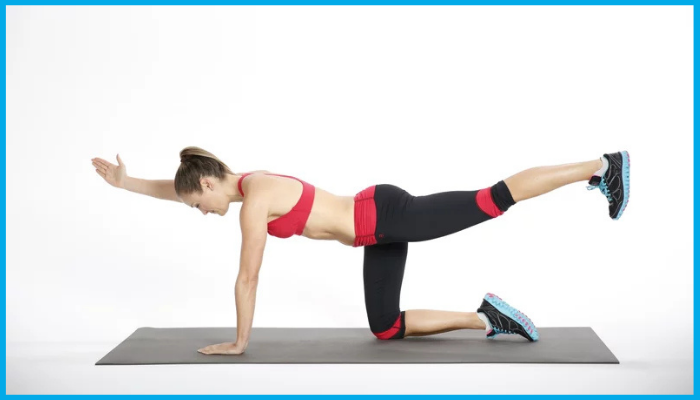
Dryland training refers to strength, flexibility, and mobility exercises. These are performed on land to complement swim training.
Unlike swimming laps in a pool, dryland allows swimmers to isolate and strengthen key muscle groups.
This focused intensity transforms good swimmers into great ones.
It’s especially important for competitive swimmers, like those in our
Sea Dragon Swim Squad, where every improvement in strength and endurance can make a difference on race day.
Incorporating swimmers dryland exercises into your training schedule can help improve swimming performance.
It builds explosive power that translates into speed and boosts endurance. It ensures proper body position that makes every stroke count.
Additionally,
dryland routines help prevent injury by strengthening joints and supporting muscles.
It's used during competitive swimming, keeping swimmers in the water instead of on the sidelines.
Key benefits
- Builds upper body strength for more powerful strokes.
- Enhance core stability for improved control and posture.
- Promotes mobility through dynamic stretches that keep swimmers flexible.
- Supports proper technique and muscle balance.
Benefits of Dryland Exercises for Strong Swimming
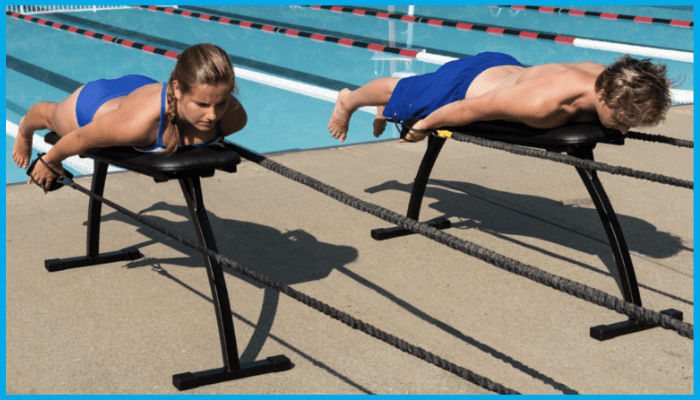
Dryland exercises provide a range of benefits. They translate to stronger and more efficient swimming. Frustrated swimmers transform into confident athletes in the pool.
Are you a beginner still learning to love the water? Or a competitive swimmer chasing personal bests?
Here are several reasons to integrate dryland into your training routine:
Core Stability
A strong core helps maintain a streamlined body position that cuts through water like a knife. It reduces drag that slows swimmers.
Core strength improves control during strokes and turns. It gives swimmers the stability they need when fatigue sets in.
Upper Body Strength
Building muscle in the arms, shoulders, and chest allows swimmers to generate more power during pull movements.
Swimmers propel themselves forward with authority. Parents watching from the deck can actually see the difference when their swimmer develops real upper body strength.
Proper Body Position
Dryland training reinforces posture, balance, and coordination. It helps swimmers hold the correct body alignment throughout a swim, supporting efficient movement and complementing strong breathing and technique for optimal performance.
Injury Prevention
Strengthening key muscles on land protects against overuse injuries. This keeps them healthy and in the water where they belong. Prevent injury through smart strength training that supports the repetitive movements swimming demands.
Improved Technique and Speed
With better strength and flexibility, swimmers can achieve longer strokes. Plus, faster reaction times, and quicker turns. Swimming faster after months of dedicated dryland work is something every swimmer cherishes.
How to Structure a Dryland Training Schedule for Swimmers?
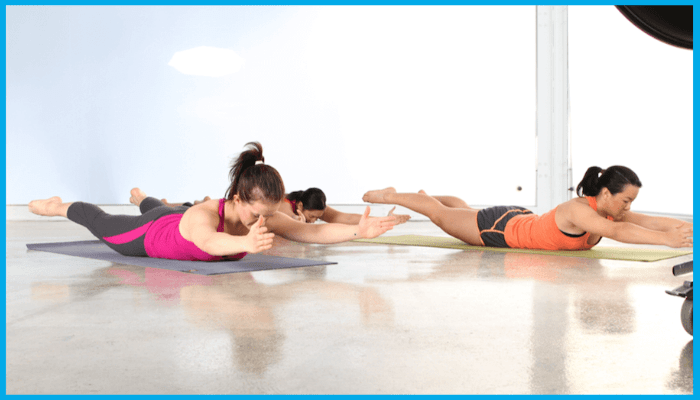
An effective dryland training schedule aligns with your swim training goals. Though finding time between pool sessions, school, and family life can feel like solving a puzzle.
Frequency
2–3 sessions per week is ideal for swimmers who want to see genuine improvement. More isn't always better when you're already spending hours in the pool.
Warm Up
Begin with dynamic stretches like leg swings, arm circles, and jumping jacks. This raises heart rate and prepares muscles for the work ahead. This is the foundation that prevents injuries that can derail a season.
Main Set
Focus on exercises targeting core strength. This translates to better body position, leg stability and powerful kicks. Plus, upper body control that creates efficient strokes.
Cool Down
Use static stretches to maintain flexibility in shoulders, hips, and legs. These take a beating during intense swim training.
Equipment
Optional tools include a medicine ball for explosive power, and a resistance band for strength. Plus, yoga mats for floor work, or stability ball for core challenges.
Always prioritise proper technique over heavy weights or high repetitions. Swimmers who focus on quality movement see better results than those who rush through exercises with poor form. Adjust intensity based on your level, goals, and how your body feels.
Top 7 Dryland Exercises Every Swimmer Should Try
1. Plank Variations for Core Stability
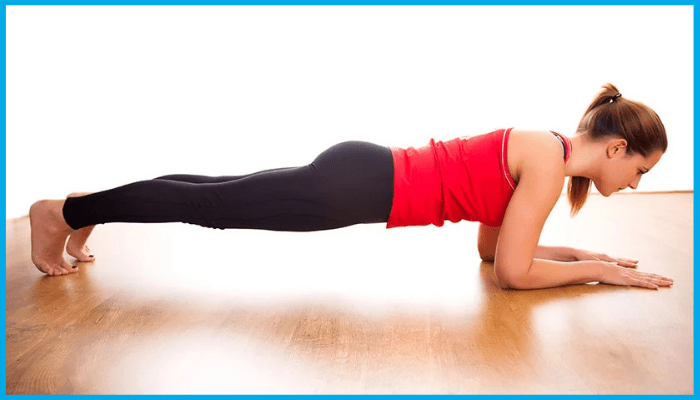
Targets
Abdominal muscles, lower back, shoulders that work overtime during long training sessions.
How to
Maintain a straight line from head to heels, elbows under shoulders while fighting the urge to collapse when your core starts shaking.
Progressions
Side planks that make swimmers realise how uneven their strength really is, plank with arm lifts for those ready to humble themselves.
This exercise teaches swimmers the core stability they need when fatigue breaks their technique.
2. Push-Ups to Build Upper Body Strength
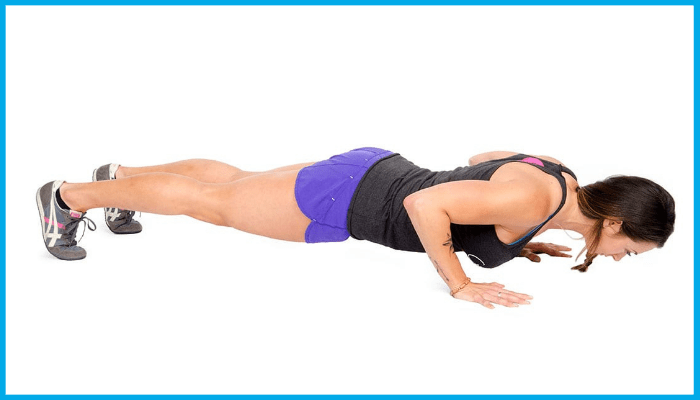
Targets
Chest, triceps, shoulders that power every stroke
How to
Keep hands directly under shoulders, body straight, lower chest to ground. Plus, it maintains your perfect form.
Tip
Engage your core for full-body control that translates directly to better swimming and reinforces the
fundamentals of strokes needed
for efficient technique.
Every competitive swimmer remembers their first set of proper push-ups — and how they suddenly understood where stroke power comes from.
3. Lunges for Lower Body Control and Balance
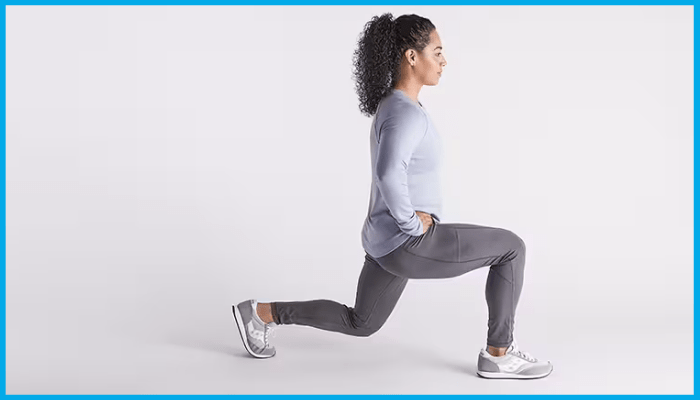
Targets
Glutes, quads, hamstrings that drive powerful kicks.
How to
Start with feet shoulder width apart, step forward, lower until both knees are at 90 degrees.
Variation
Add weights or a medicine ball for resistance that challenges swimmers who thought they were strong.
Swimmers discover that leg strength on land transforms their kick from splash to propulsion, playing a key role in overall swimming progression how it works for building speed and endurance.
4. Superman Hold for Streamlined Body Position
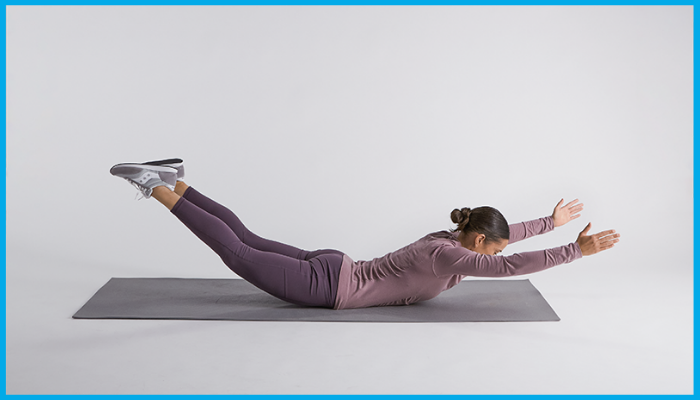
Targets
Back, glutes, shoulders that maintain perfect posture.
How to
Lie face down, arms and legs extended, lift both slightly off the floor and hold while your muscles scream.
Tip
Focus on slow, controlled movement that mirrors the precision swimming demands.
This exercise shows the body position that makes good swimmers stand out.
5. Resistance Band Rows for Shoulder Stability
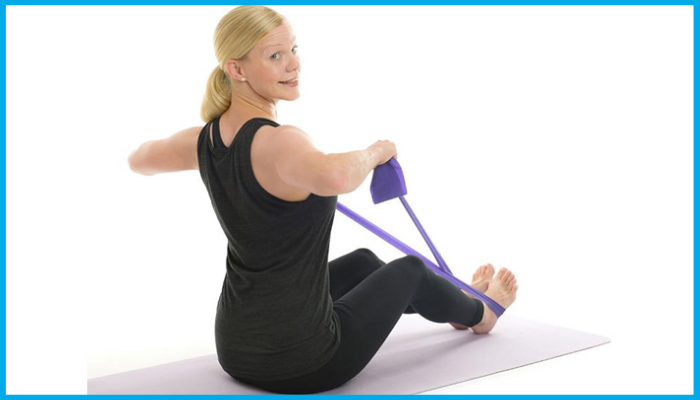
Targets
Upper back, shoulders, arms that pull swimmers through thousands of strokes.
How to
Anchor band at waist height, pull with arms straight and elbows close to the body.
Cue
Squeeze shoulder blades together at the top like you're trying to hold a pencil between them.
Swimmers love this exercise because they can feel exactly how it connects to their stroke technique.
6. Russian Twists for Rotational Strength
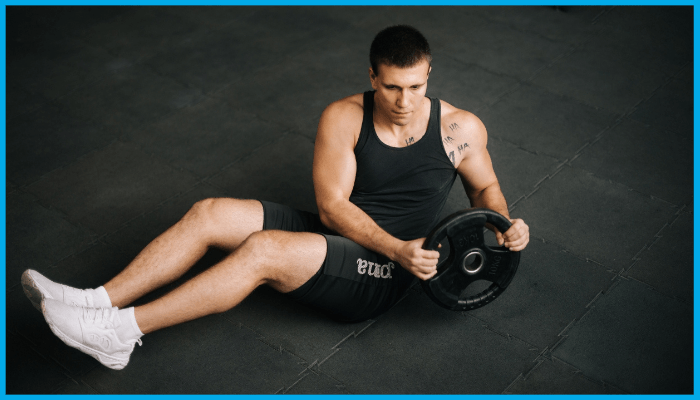
Targets
Obliques, torso, core that powers swimming's rotational movements.
How to
Sit with knees bend, lean back slightly, rotate torso side to side while holding a ball or weight.
Progression
Lift feet off the ground for more power and difficulty that humbles even strong swimmers.
The motion perfectly mimics the rotation that creates efficient strokes and powerful turns.
7. Medicine Ball Slams for Explosive Power
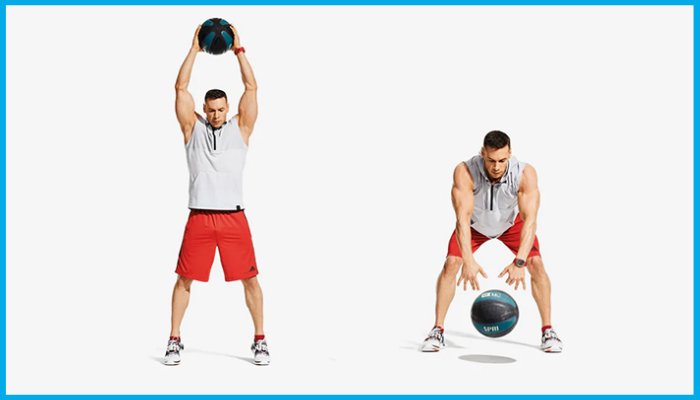
Targets
Full body including shoulders, core, legs working together.
How to
Raise ball overhead and slam it down with force, repeat in sets while channeling your frustration with slow times.
Great for
Developing power for starts and turns that can make or break races.
Competitive swimmers use this exercise to build explosive strength. It launches them off blocks and pushes them through tight finishes.
The satisfying slam releases tension while building the power every swimmer craves.
Each exercise teaches swimmers that strength on land translates to speed in the pool.
This transforms dedicated athletes who train consistently to swim faster.
Common Mistakes to Avoid with Swimmers’ Dryland Exercises
- Skipping warm-ups because you're running late to training.
Increases injury risk and can sideline swimmers for weeks just when they're making progress.
- Using improper technique puts unnecessary strain on joints. Often because swimmers are more focused on finishing quickly than doing movements correctly.
- Neglecting recovery time between sessions when enthusiasm overtakes common sense. Leaves swimmers too fatigued to perform well in the pool.
- Focusing too much on one muscle group while ignoring others. Creates imbalances that coaches notice immediately in stroke techniques.
Tip: Always use controlled motion and maintain awareness of form. Even when your muscles are screaming and you want to rush through the final reps. Quality beats quantity every time.
How to Progress Your Dryland Routine Over Time
Add resistance
Use weights, bands, or increase reps as your body adapts and grows stronger. Celebrate those moments when exercises that once felt impossible become manageable.
Incorporate plyometrics
Jump squats, burpees, or box jumps build explosive power swimmers.
Track progress
Monitor your improvements in power, control, and endurance. So you can see concrete evidence that those tough dryland sessions are paying off in the pool.
Vary movements
Mix upper body and lower body days to keep training interesting and prevent the boredom that makes swimmers skip sessions.
Including different
homework activities between swim sessions can also help reinforce strength gains and skill development outside of the pool.
A well-rounded approach ensures muscle balance and continued growth. It transforms dedicated swimmers who stick with their dryland routine into athletes.
The swimmers who progress consistently are those who remember that every rep on land is an investment in the water.
Sample 3-Day Dryland Workout Plan

Day 1: Core & Stability Focus
Perfect for swimmers who want to feel that strong core working during every stroke:
- Plank (3 x 45 seconds) - Hold that starting position while your abdominal muscles remind you why core strength matters.
- Bird-Dog (3 sets each side) - Balance on one arm and one foot while your core learns real stability.
- Superman Hold (3 x 30 seconds) - Slowly lift your chest and legs, feeling your back muscles work overtime.
- Russian Twists (3 x 20 reps) - Rotate with control while imagining the power this brings to your stroke rotation.
Day 2: Upper Body Strength & Power
Build the upper body strength that transforms weak pulls into powerful ones:
- Push-Ups (3 x 10–15) - Keep arms straight and body aligned, feeling every rep in your shoulders and chest.
- Resistance Band Rows (3 x 12) - Pull with purpose, squeezing those shoulder blades like your technique depends on it.
- Medicine Ball Slams (3 x 15) - Channel your frustration with slow times into explosive power.
- Arm Circles (warm-up and cool-down) - Simple movements that prepare and recover your hardworking shoulders.
Day 3: Full-Body Conditioning
The day that reminds swimmers why dryland earned its reputation for being tough:
- Jump Squats (3 x 10) - Explosive power that translates directly to stronger push-offs.
- Lunges (3 x 10 each leg) - Feet shoulder width apart, then step forward with control that builds real leg strength.
- Plank with Alternating Leg Lifts (3 x 30 seconds) - Combine core work with balance that challenges even experienced swimmers.
- Cool-Down Stretches - Range of motion work that keeps swimmers flexible and injury-free.
This plan works for swimmers starting with manageable volumes and building strength progressively.
Adjust based on your training level and how your body responds to the increased workload both on land and in the pool.
Frequently Asked Questions
How often should I do dryland exercises?
2–3 times per week is sufficient for most swimmers who are balancing pool training, school, and the rest of life. More isn't always better when you're already logging serious hours in the water.
Can beginner swimmers do dryland training?
Absolutely! Exercises can be modified to suit all fitness levels. From nervous beginners who struggle with their first push-up to experienced swimmers. Every swimmer starts somewhere.
Do I need gym equipment?
No! Bodyweight exercises like planks, push-ups, and lunges are effective on their own. They're perfect for families who want results without expensive gym memberships. Your living room floor works just fine.
Conclusion
Dryland exercises for strong swimming are a key part of building an effective swim training program. It must transform dedicated swimmers into athletes with strength and speed.
From boosting power to supporting injury prevention, dryland training helps all swimmers.
The swimmers who see the biggest improvements are those who embrace the challenge of building strength on land to excel in the pool.
Start small with basic exercises, stay consistent even when motivation wavers. You'll feel the results in the water that make every tough dryland session worth the effort.
Remember, every rep you complete on land is an investment in the swimmer you're becoming. Your future swimmer self, will thank you for the dryland exercises you do today.

